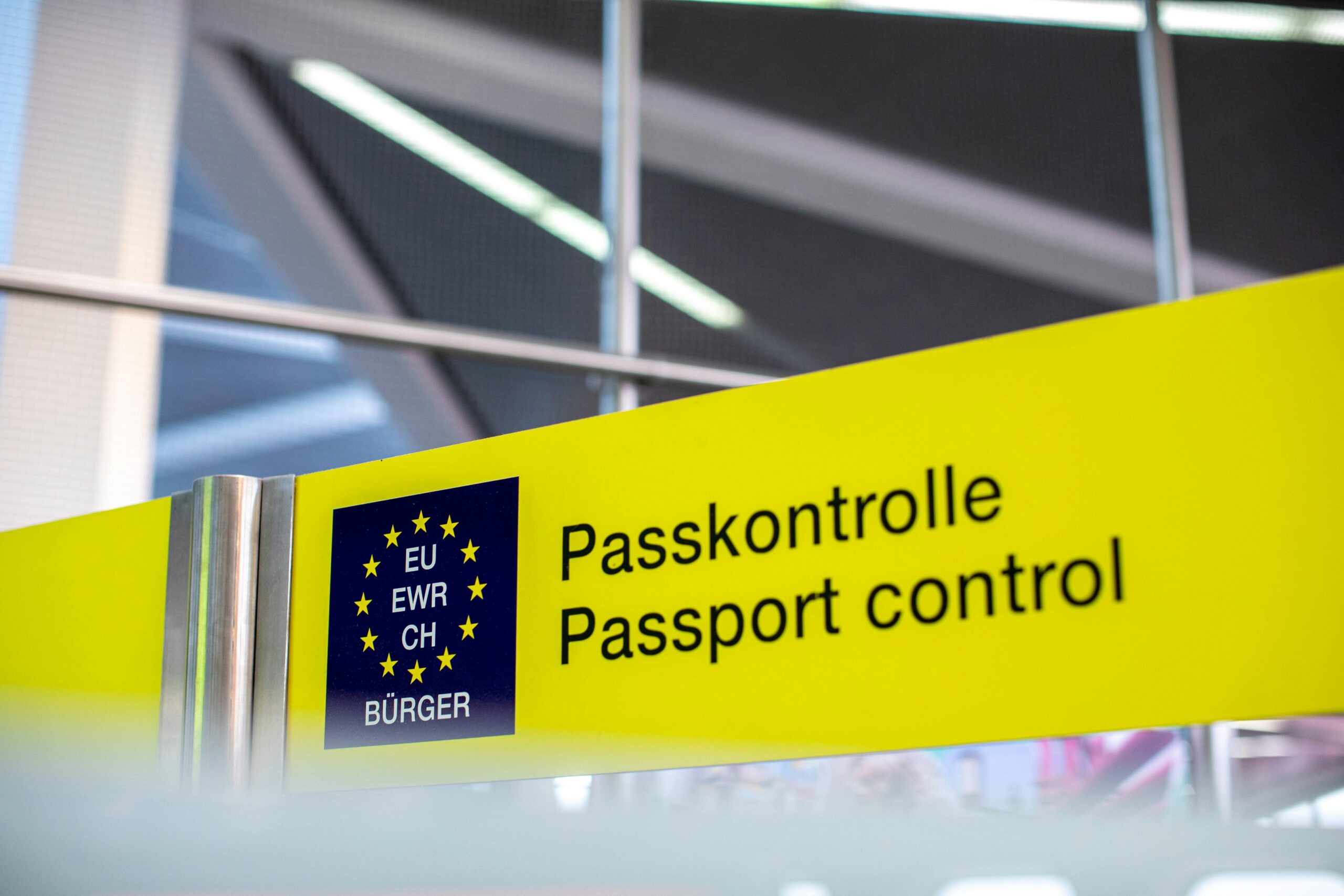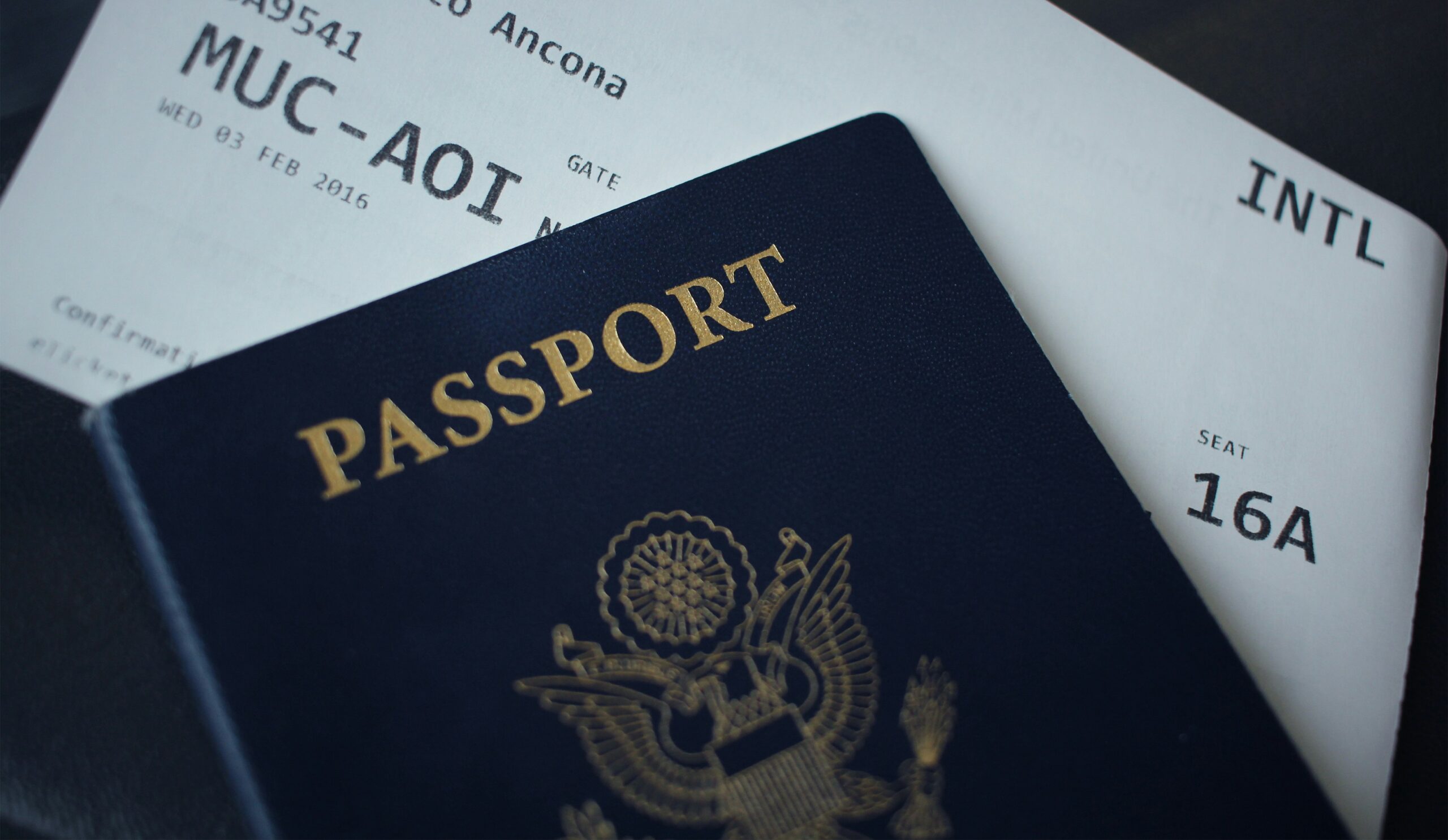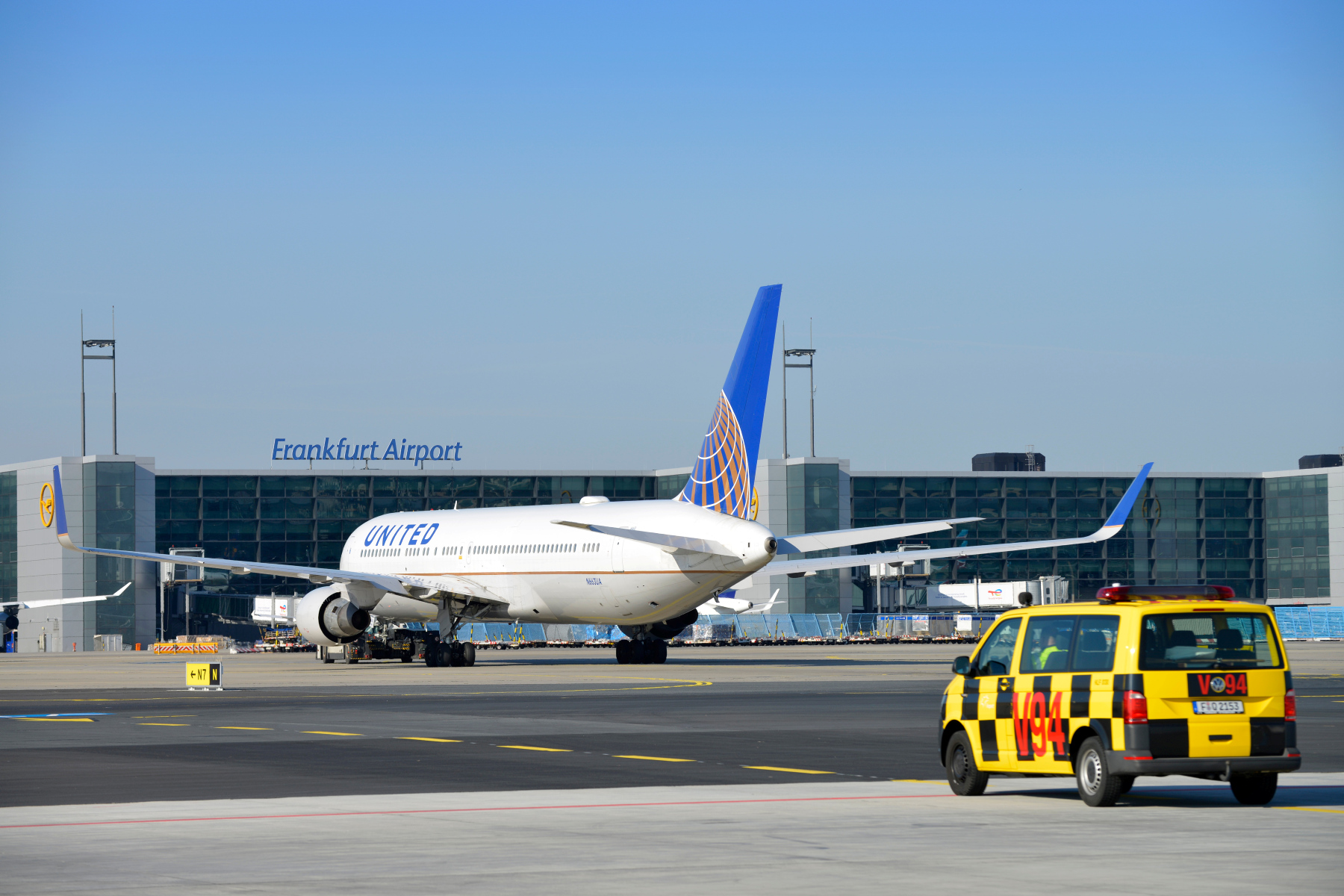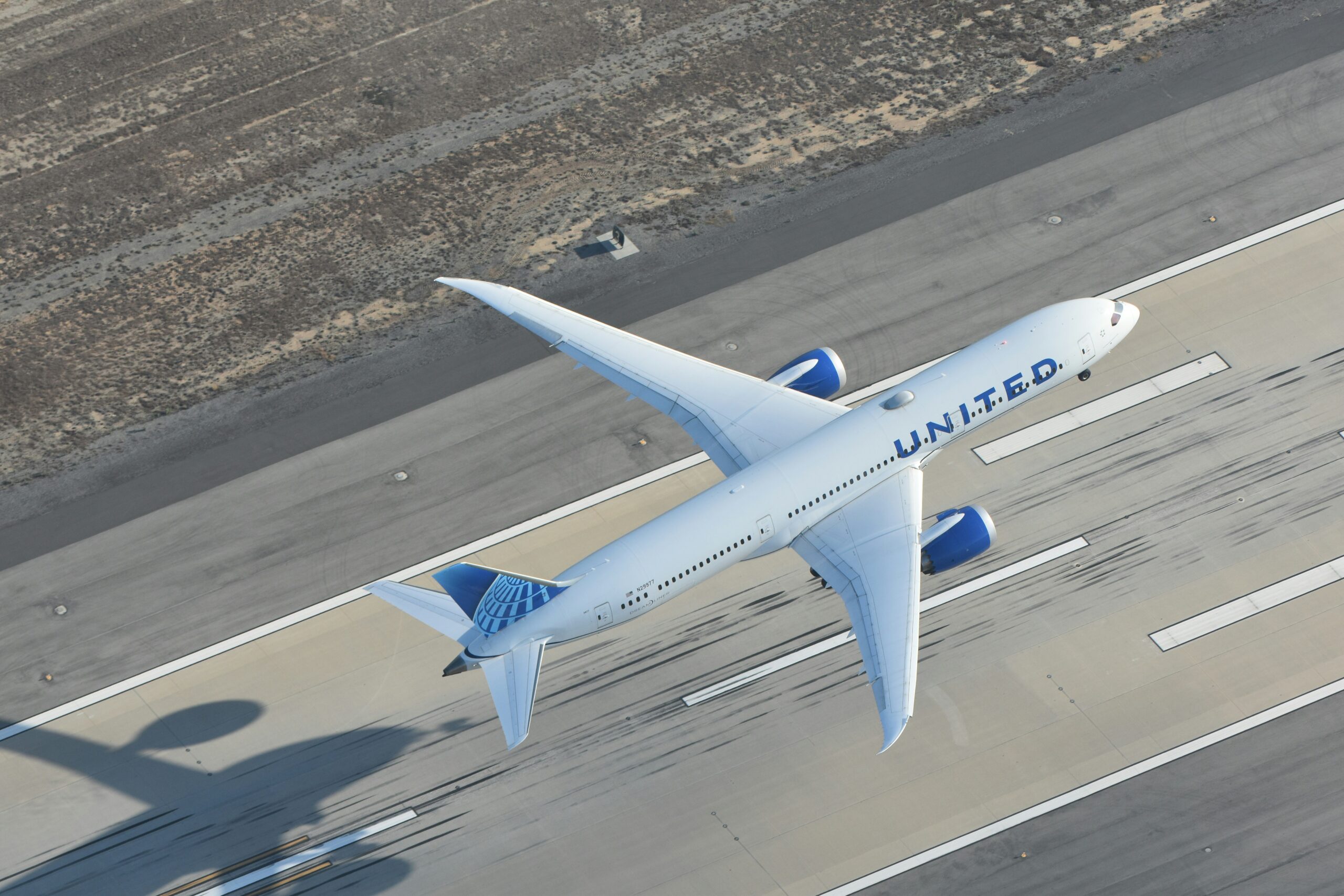Europe Will Charge Americans €20 to Enter—Here’s What to Know Before You Go
Planning a trip to Europe in 2026 or beyond? Prepare to pay more and plan ahead — a new travel requirement is on the way.
by George Gomez
July 31, 2025

Photo: Courtesy of Daniel Schludi / Unsplash
Americans heading to Europe will soon face a new step in their travel planning: mandatory entry authorization through the European Travel Information and Authorization System, or ETIAS. Originally announced with a €7 application fee, the European Union has now confirmed a nearly threefold increase — to €20 (about $23.50) — by the time the system launches in the final quarter of 2026.
Interest in the new policy has surged. According to Google Trends data, searches for “ETIAS authorization for US citizens” have jumped by 8,700 percent in the past year, as travelers begin to understand what this added layer means for future European trips.
What Is ETIAS, Exactly?
ETIAS is not a visa, but it is a required digital travel permit for citizens from visa-exempt countries — including the United States, the UK, Canada, Australia, and others — who want to visit the 30 European countries participating in the program. That includes popular destinations such as France, Italy, Spain, Germany, and Greece.

Photo: Courtesy of Nicole Geri / Unsplash
The authorization will be electronically linked to your passport and is valid for up to three years or until your passport expires — whichever comes first. With ETIAS, travelers can enter the Schengen Area for short stays of up to 90 days within any 180-day period.
But make no mistake: while this process might feel like a formality, border checks will still be in place. As the EU emphasizes, having an ETIAS approval does not guarantee entry. Border officials will continue verifying passports and documents to confirm that travelers meet all entry requirements.
Why the Increase — and Why Now?
The original €7 fee, proposed when ETIAS was first announced, was intended to offset basic administrative costs. The new €20 fee reflects inflation, system updates, and rising security demands, as EU officials work to implement a system aimed at “improving border management and identifying security risks before travelers even board a flight.”

Photo: Courtesy of BAA Airports Limited.
Travel Republic, an all-inclusive travel company, says the system is designed to both “enhance border security and streamline entry procedures.” Though the application will remain a simple online process, the higher cost may be felt by families or frequent travelers.
How the Application Works
When ETIAS goes live — currently slated for November 2026 — travelers will be required to complete an application on the official EU website or mobile app. Most applications are expected to be processed within minutes, but delays of up to 30 days are possible if additional information or interviews are needed.
To apply, travelers must provide:
- Personal data (including full name, birthdate, and parents’ names)
- Passport details
- Travel plans within Europe
- Educational and occupational background
- Information about criminal history, prior deportations, or visits to conflict zones
Once approved, travelers will receive an email confirmation. If the application is denied, the EU will provide reasons for the decision and information on how to appeal.
Children under 18 and travelers over 70 will be exempt from the fee, though they must still apply for authorization.
Don’t Book Before You Apply
Travel Republic urges travelers not to leave ETIAS to the last minute. “Once the EU confirms the official launch date, it is essential to apply for ETIAS authorisation before booking flights or accommodation,” the company advises. “Last-minute applications will risk processing delays that could impact your travel plans.”

Photo: Courtesy of Erwan Hesry / Unsplash
Equally important: double-check that your passport information matches exactly with what’s submitted on the application. Any discrepancy could result in denial at the gate or border. And remember — your passport must be valid for at least three months beyond your planned departure from Europe.
Which Countries Require ETIAS?
As of now, ETIAS will be mandatory for travel to these 30 European countries:
Austria, Belgium, Bulgaria, Croatia, Cyprus, the Czech Republic, Denmark, Estonia, Finland, France, Germany, Greece, Hungary, Iceland, Italy, Latvia, Liechtenstein, Lithuania, Luxembourg, Malta, Netherlands, Norway, Poland, Portugal, Romania, Slovakia, Slovenia, Spain, Sweden, and Switzerland.
Though some of these countries — like Norway and Switzerland — are not full EU members, they are part of the Schengen Area and have opted in to ETIAS requirements.
Long-Term Impacts on Travel
While the €20 fee may seem modest, the bigger impact will be on how U.S. travelers prepare. Last-minute getaways will now require more forethought. Matching documents, checking passport expiration dates, and researching country-specific requirements will become standard travel prep — much like the ESTA system for those entering the U.S.

Photo: United Airlines, Boeing 767-300ER. Courtesy of Fraport – Frankfurt Airport
As the EU finalizes the platform and procedures, more details will be released. In the meantime, seasoned travelers would be wise to stay alert — and informed. As Travel Republic puts it: “This new process may seem like an extra step, but it’s critical for ensuring smooth and stress-free travel across Europe. Planning ahead will be the best way to avoid unnecessary complications.”
Bottom Line
Come late 2026, spontaneous trips to Paris or Rome will come with new administrative strings attached — and a €20 price tag. It’s not a dealbreaker, but it is a shift that demands attention. For business travelers and leisure jetsetters alike, the message is clear: the future of travel to Europe begins not at the airport, but with a form and a fee.




